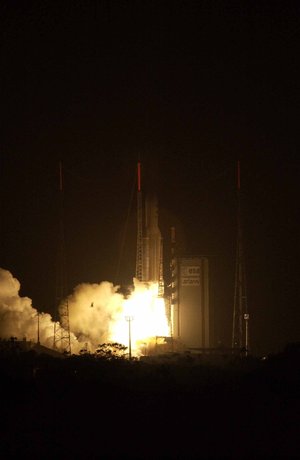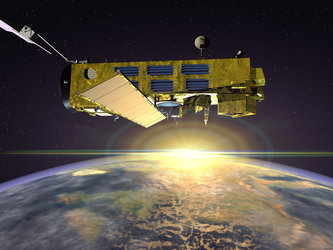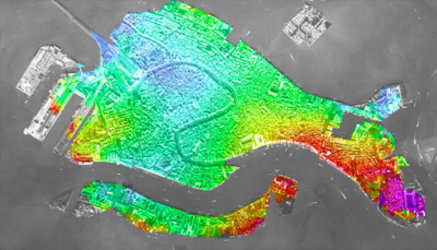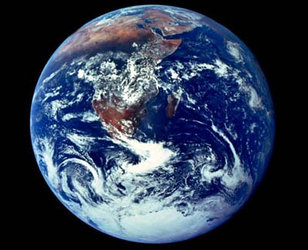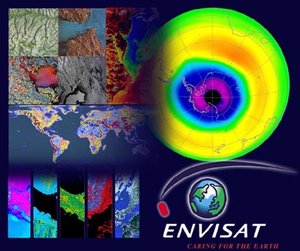Watching the sky
Final preparations for Envisat’s take-off from Kourou spaceport involve meticulous following of a countdown checklist drawn up months in advance. But while all this ground activity is carefully pre-planned, the weather stays unscripted - and a potential abort risk.
“It’s our role on the last three days to look for specific weather criteria we call ‘red’” said Isabelle Donet of the Guiana Space Centre Meteorology Station. She is one of three Meteo-France meteorologists on the station, assisted by eight Alcatel technicians.
They have at their disposal a powerful new ESA-and-CNES-funded Doppler radar. The 4.2-m diameter ROMUALD radar antenna sits perched up on the nearby Montagne des Peres, looking like a gigantic golf ball. It can detect rainfall and image clouds from 120 km away.
“It shows us clouds in either two or three dimensions,” said Isabelle. “This is useful because cloud height is vital information for us. A launch is not possible if convective clouds reach over 5000 m high, because of the increased risk of lightning.”
Above this altitude, the meteorologists know ice particles can form inside the cloud, which creates friction and therefore static electricity. In these conditions the Ariane 5’s exhaust plume can work as a conductor and actually generate artificial lightning - just as damaging as the real thing.
“This actually happened to an American Atlas Centaur in 1986,” said Isabelle.
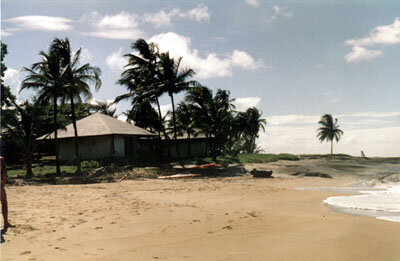
French Guiana’s frequent rain showers won’t cause an abort, but surface wind speed and direction – as measured from Kourou beach - could do. “High altitude winds we also track, using radio sonde balloons that fly up to 30 km up,” said Isabelle. This isn’t to protect the launcher so much as all the people living around it: the safety team has to be sure that no gas and debris from a potential on-ground or air explosion will blow towards inhabited areas.
Three separate balloons will fly on the day of the launch, then make their final weather report just eleven minutes before lift-off.
“About 12 per cent of all Ariane launches have been postponed due to weather,” Isabelle explained. “That may sound a lot but it’s actually a better record than the NASA Kennedy Space Centre, which is more stormy and has a rate closer to 20 per cent.”
The forecasters’ work doesn’t stop once the launch is over. They deliver continuous reports to the spaceport, to help the scheduling of potentially dangerous activities, from the transfer of boosters to the unloading of supply ships in Kourou harbour. Plus all the station’s data is routinely linked to the civil weather station at Rochambeau airport, providing effective forecasting for the entire country.





